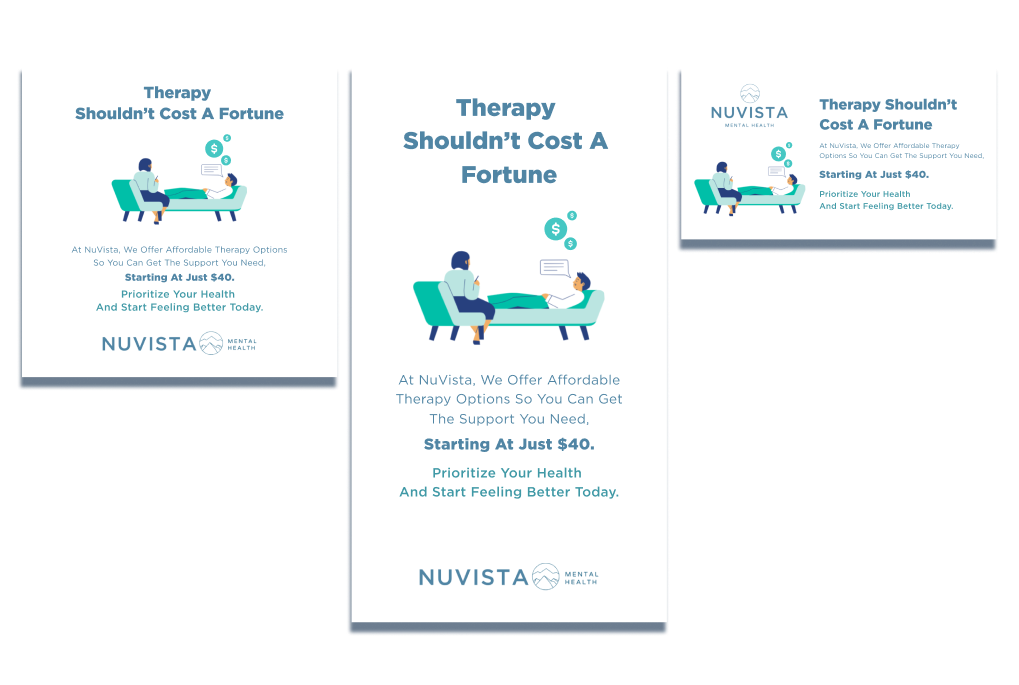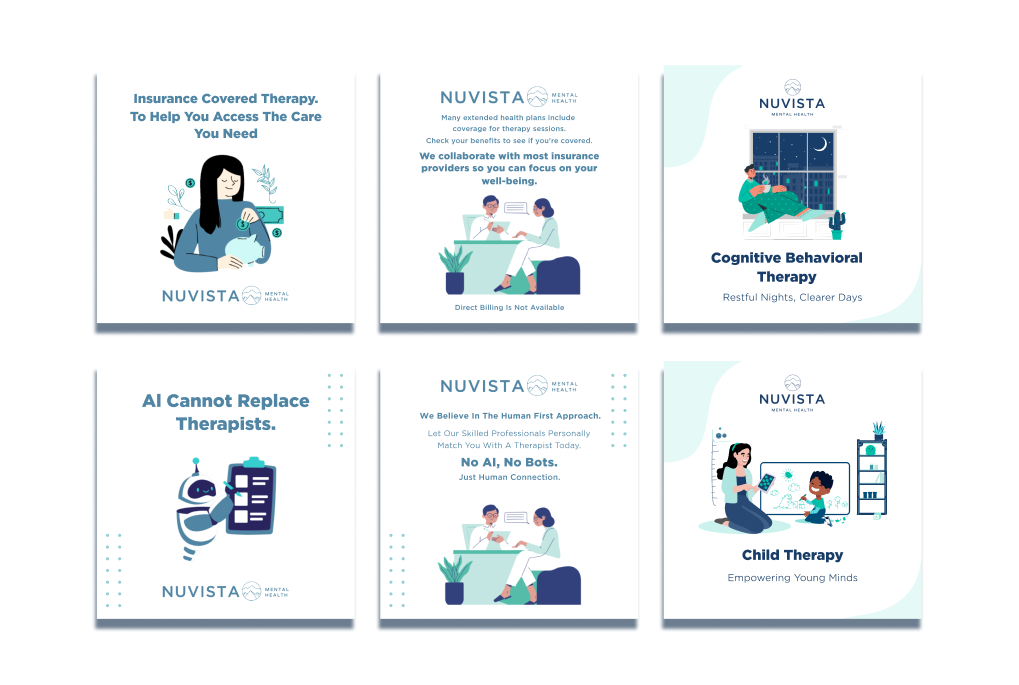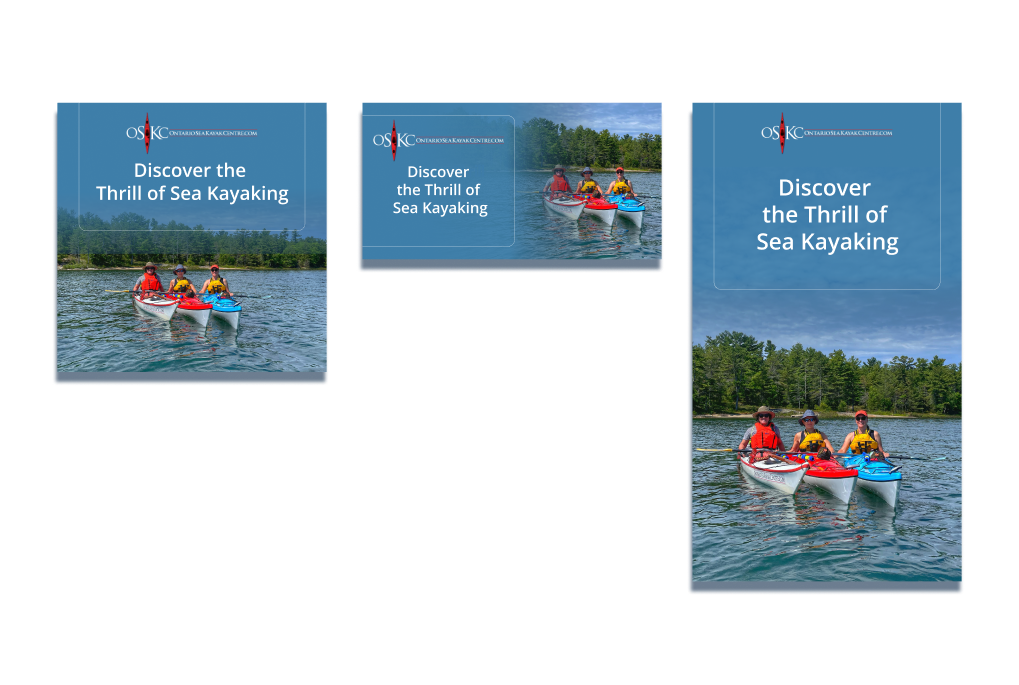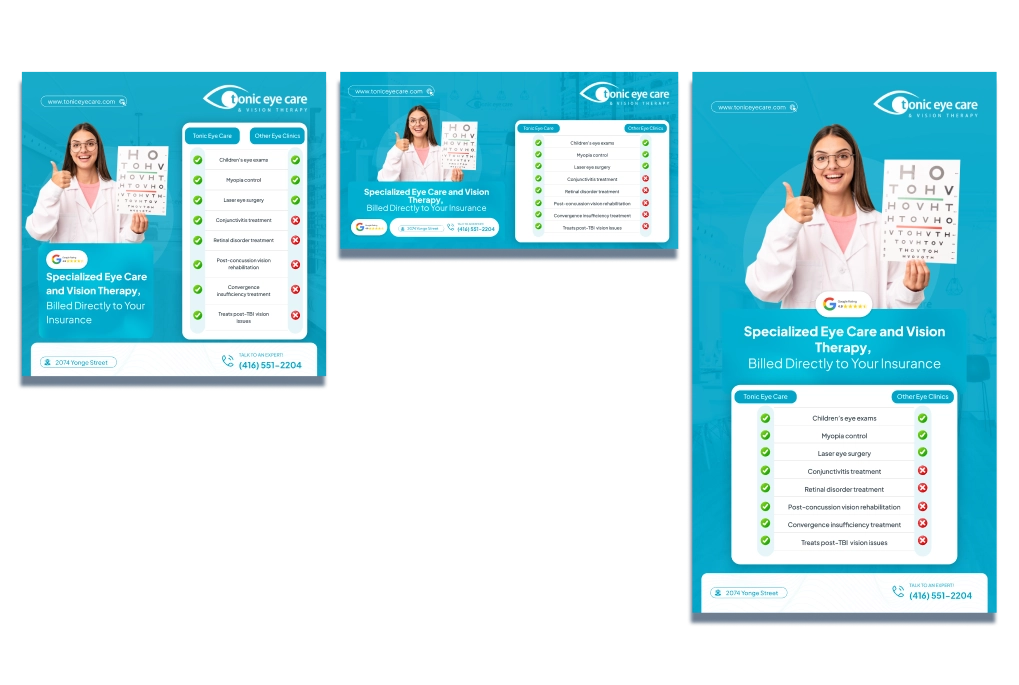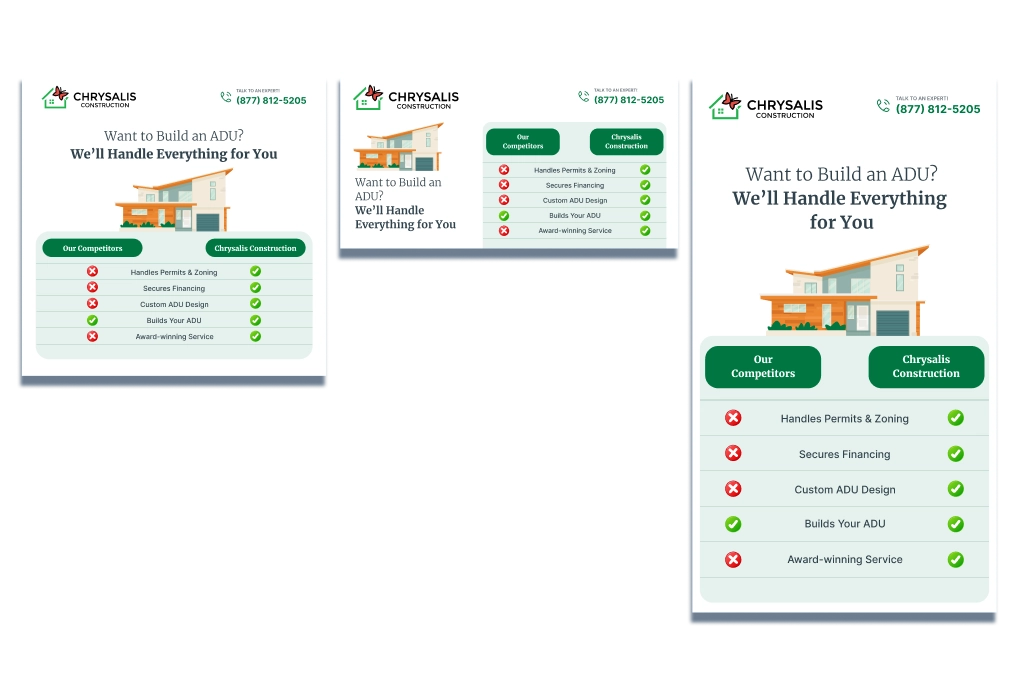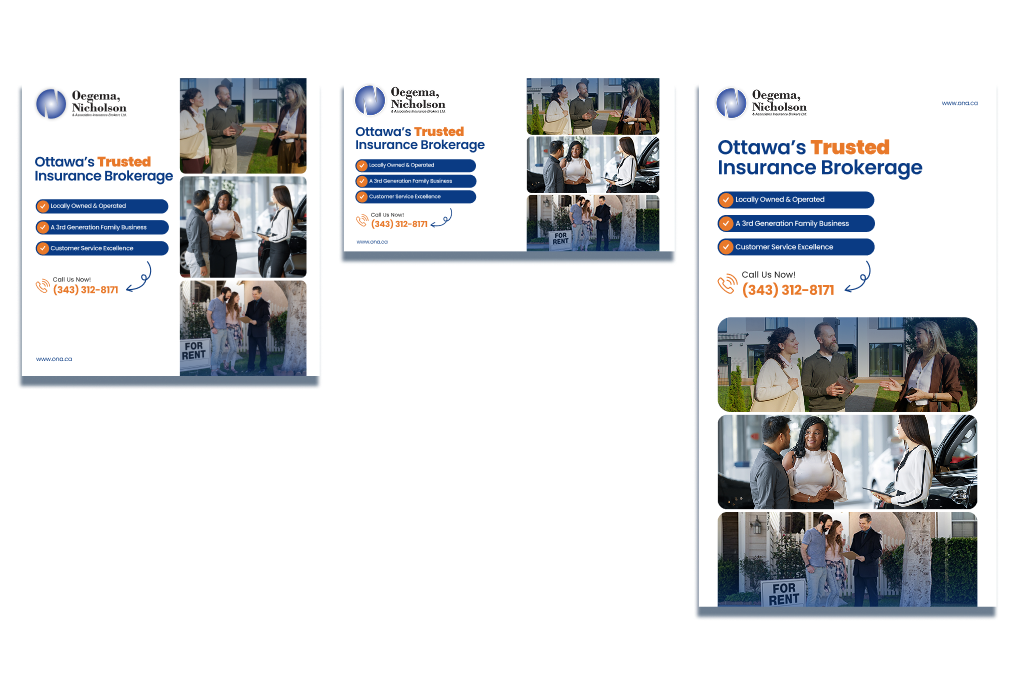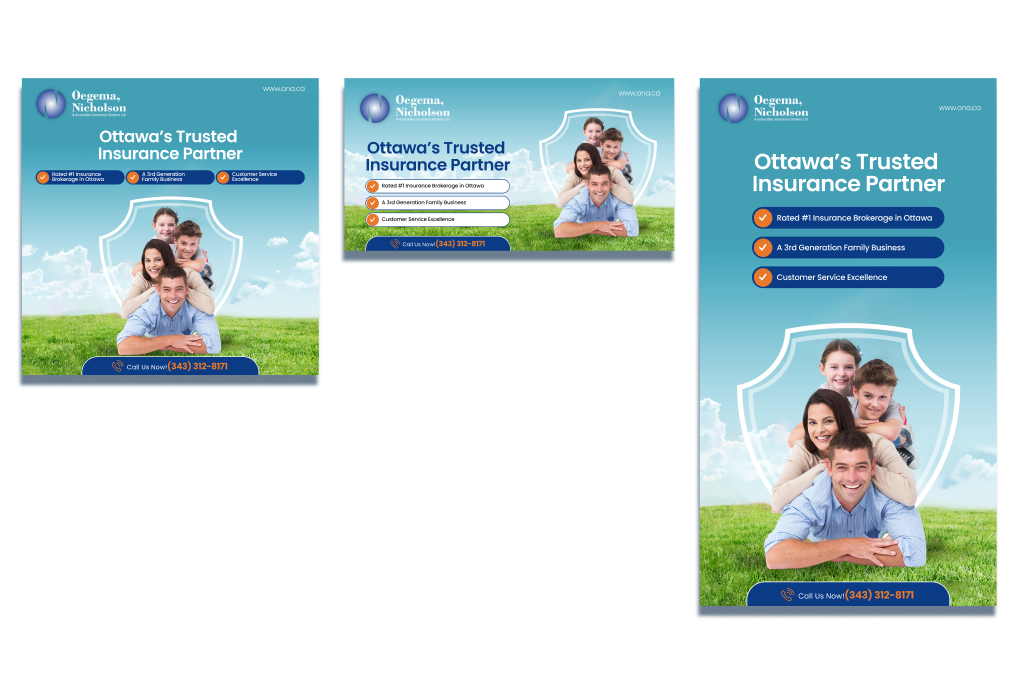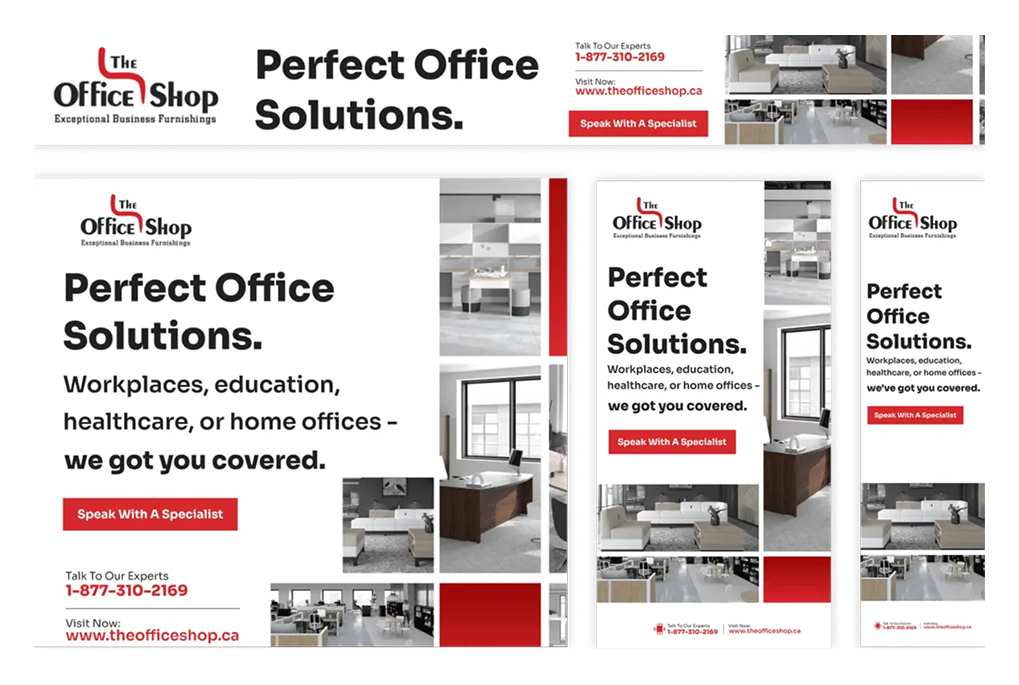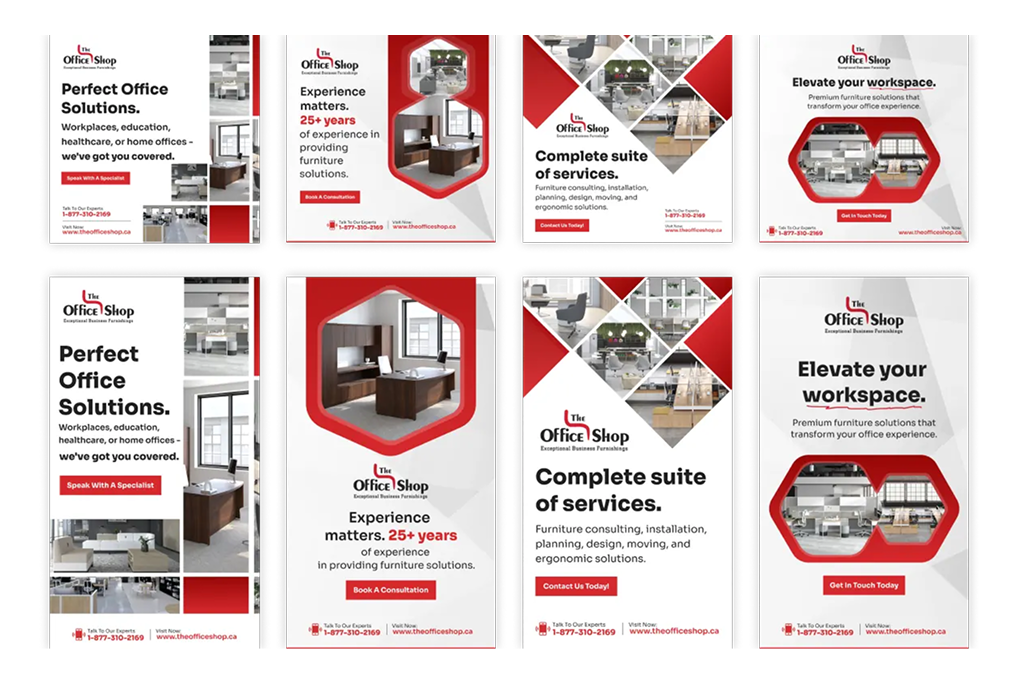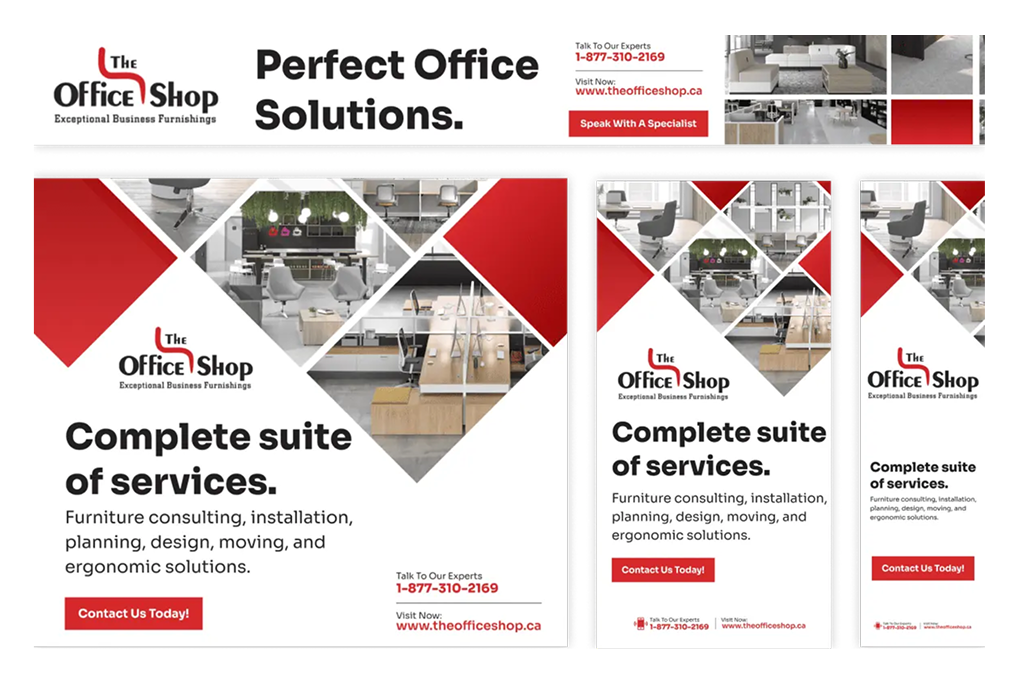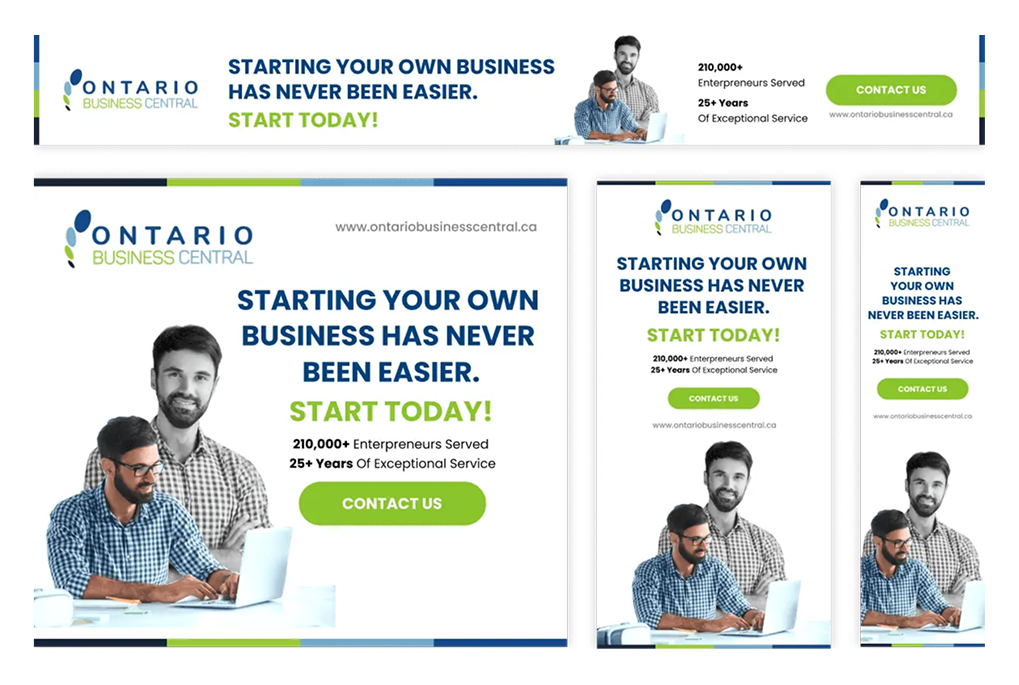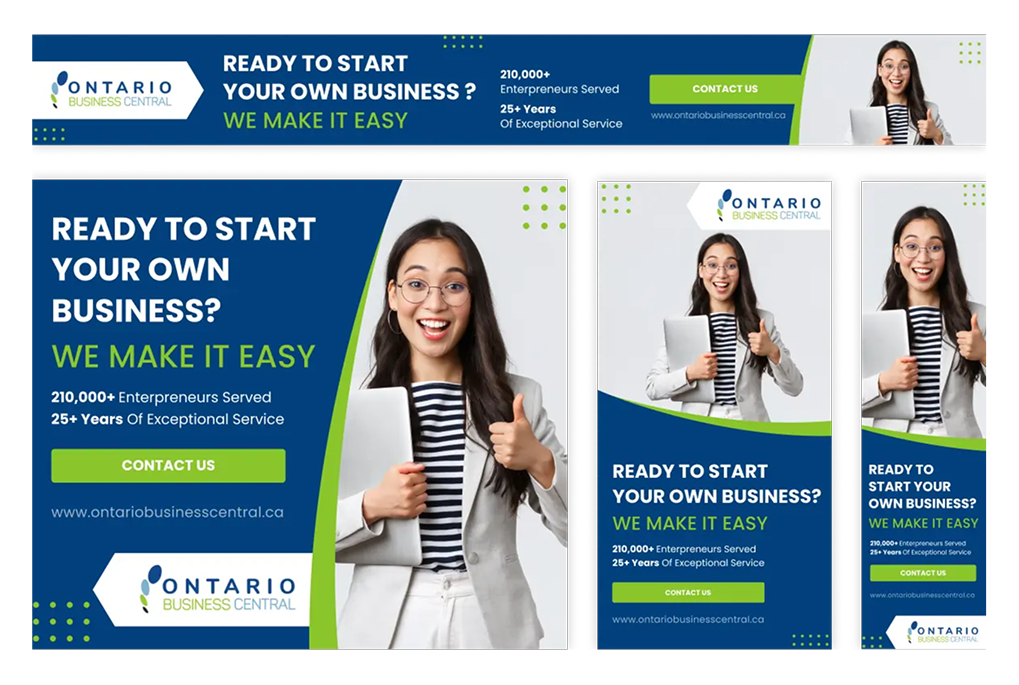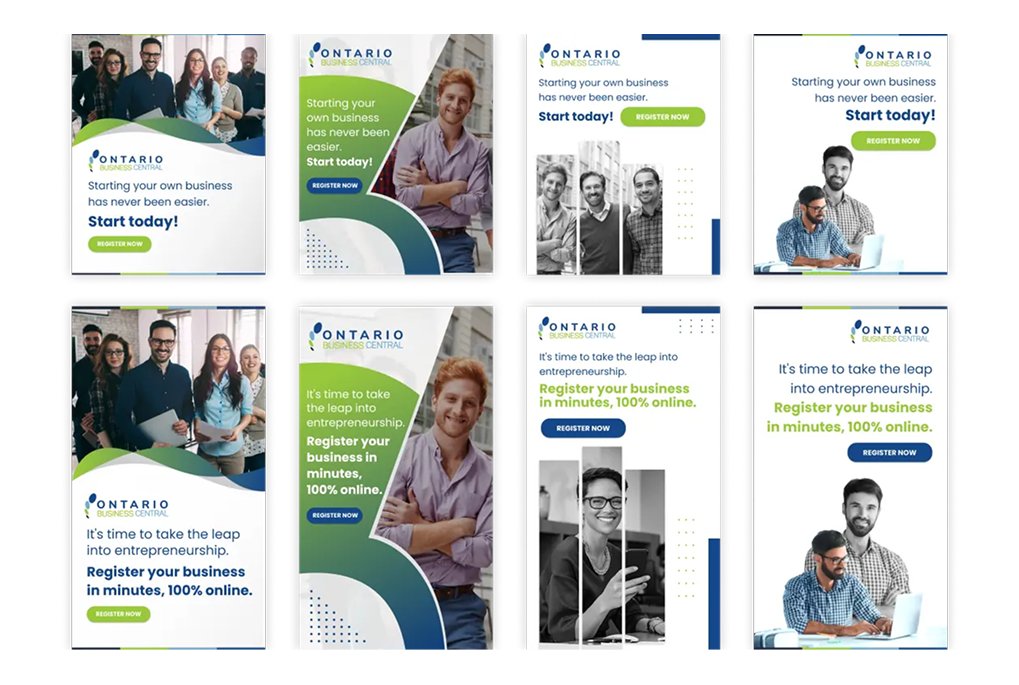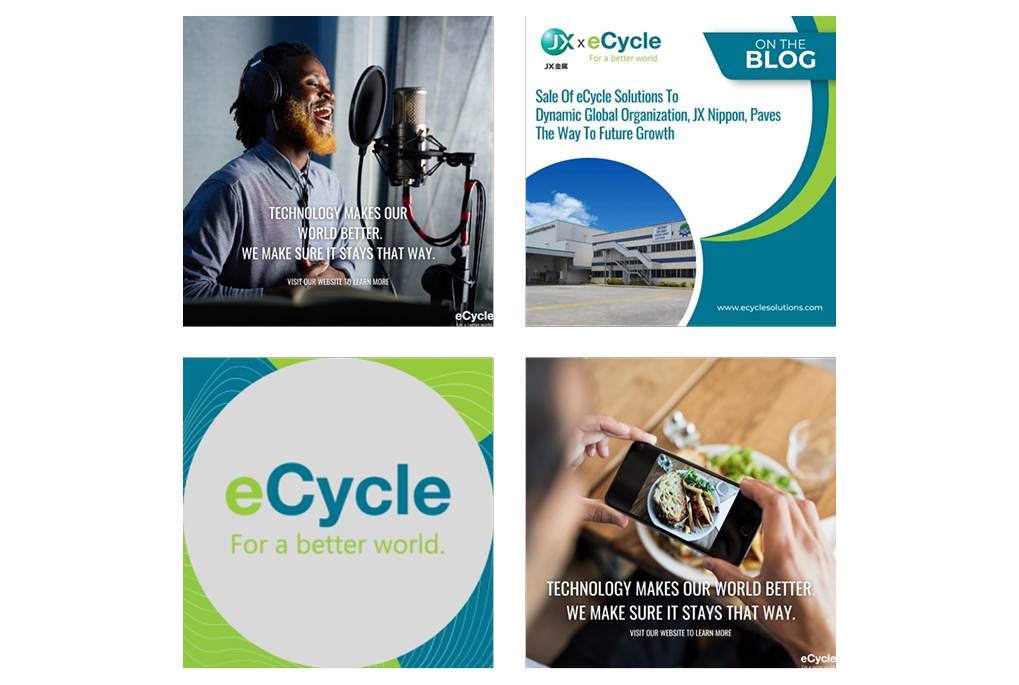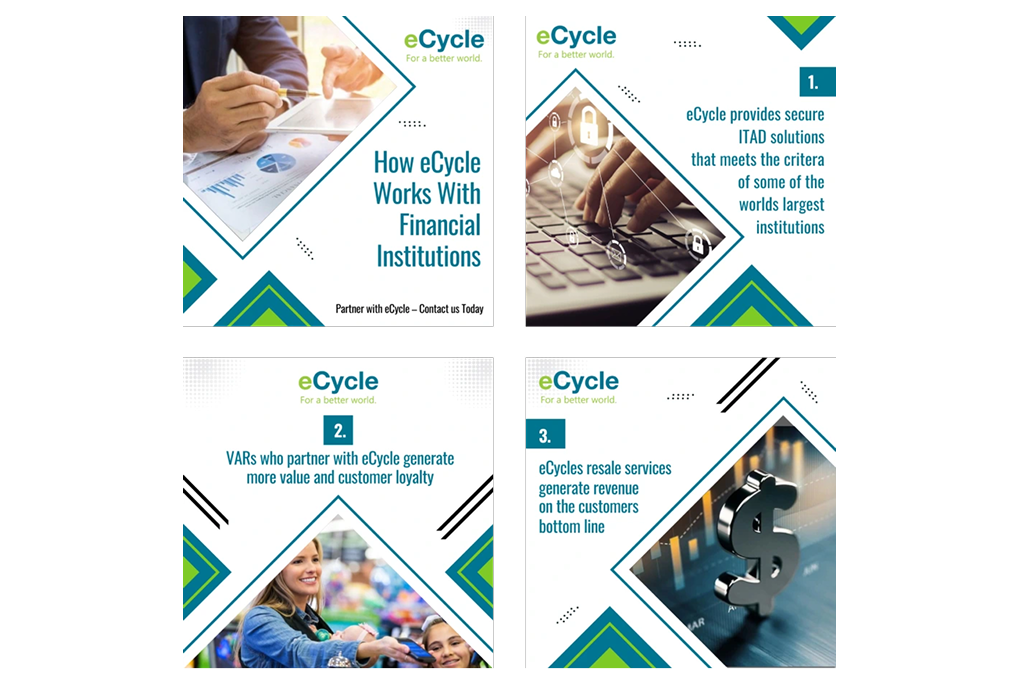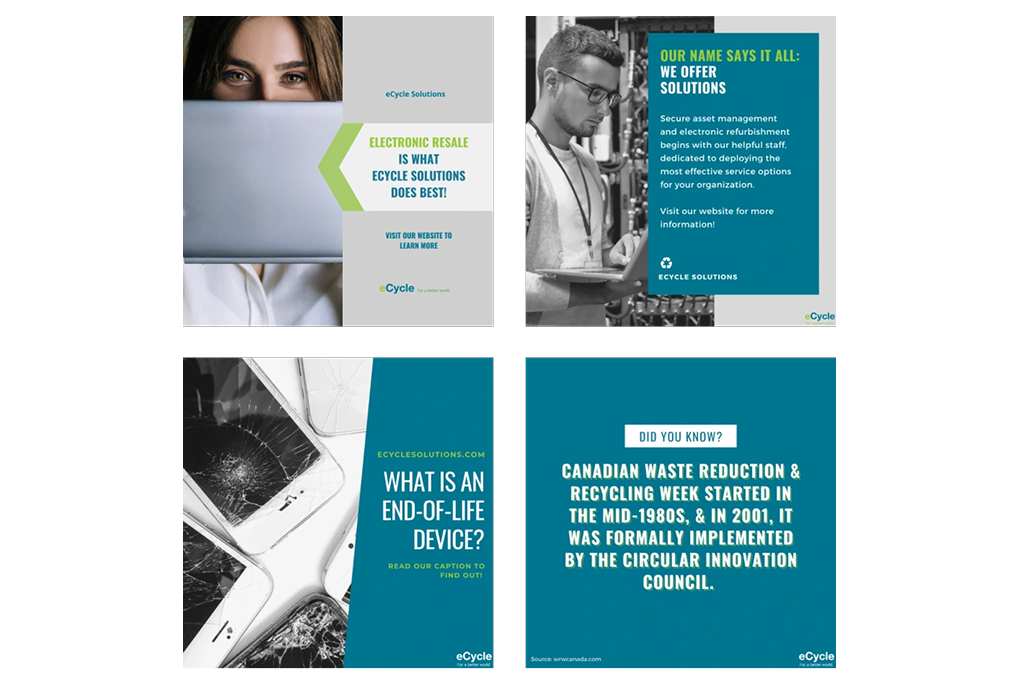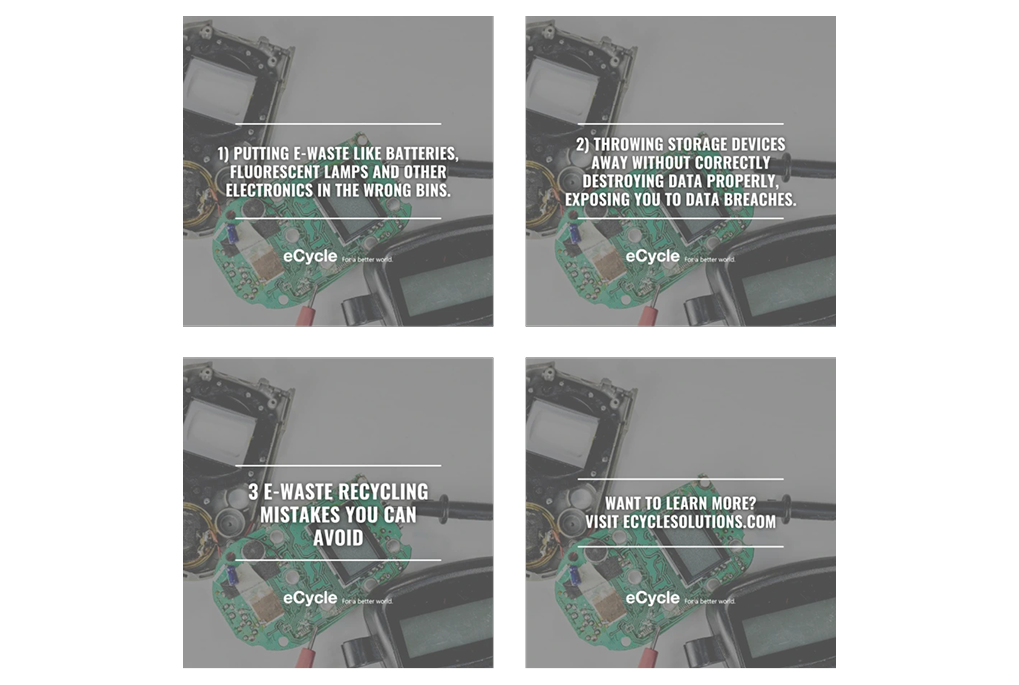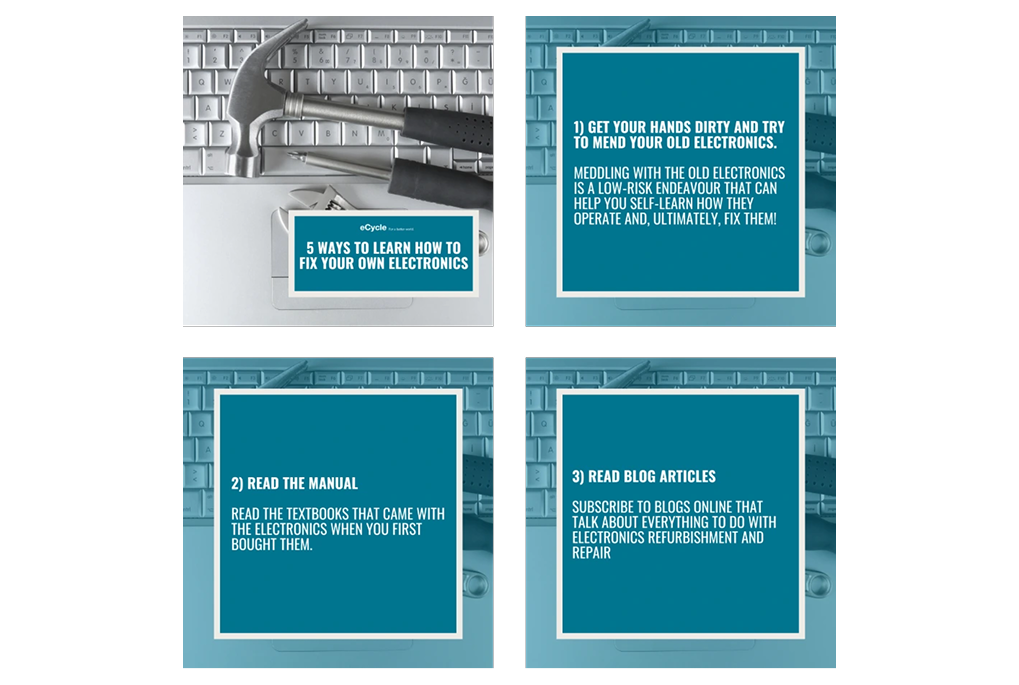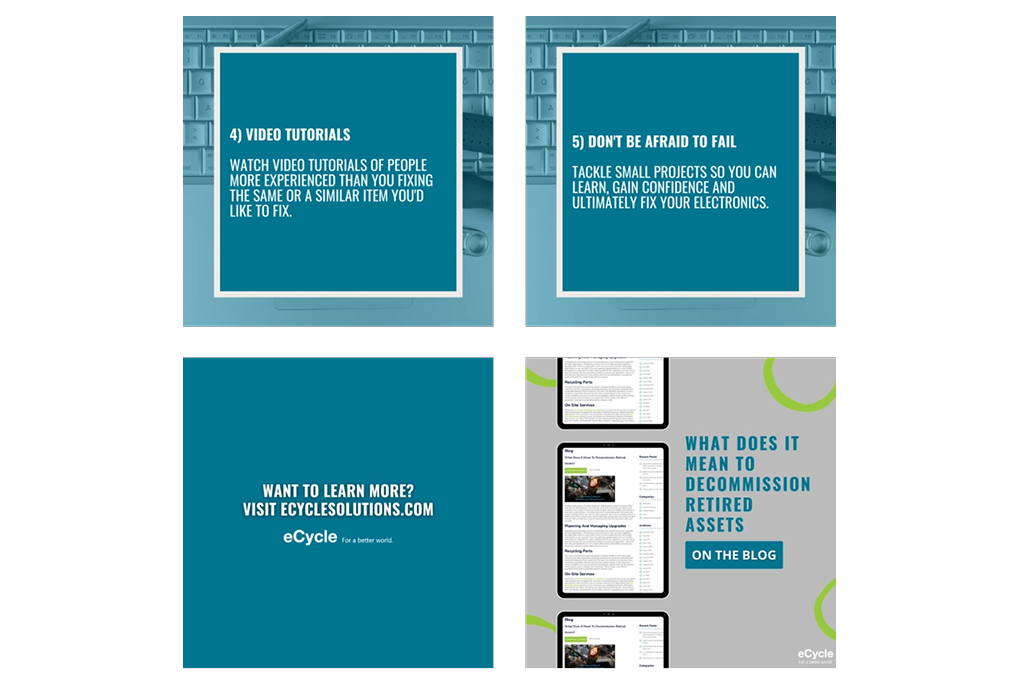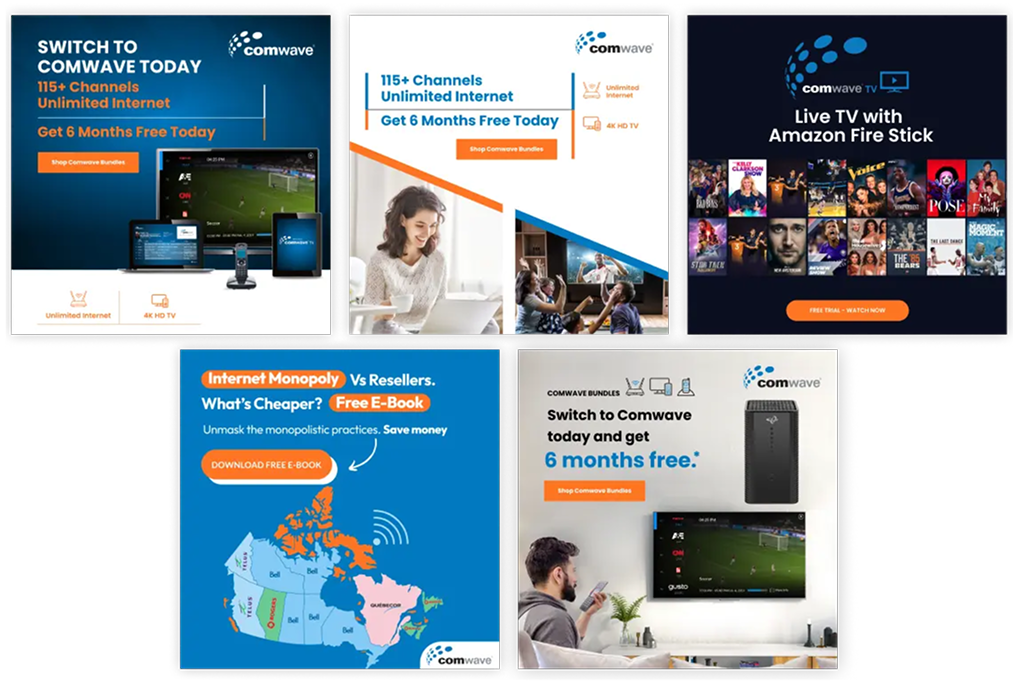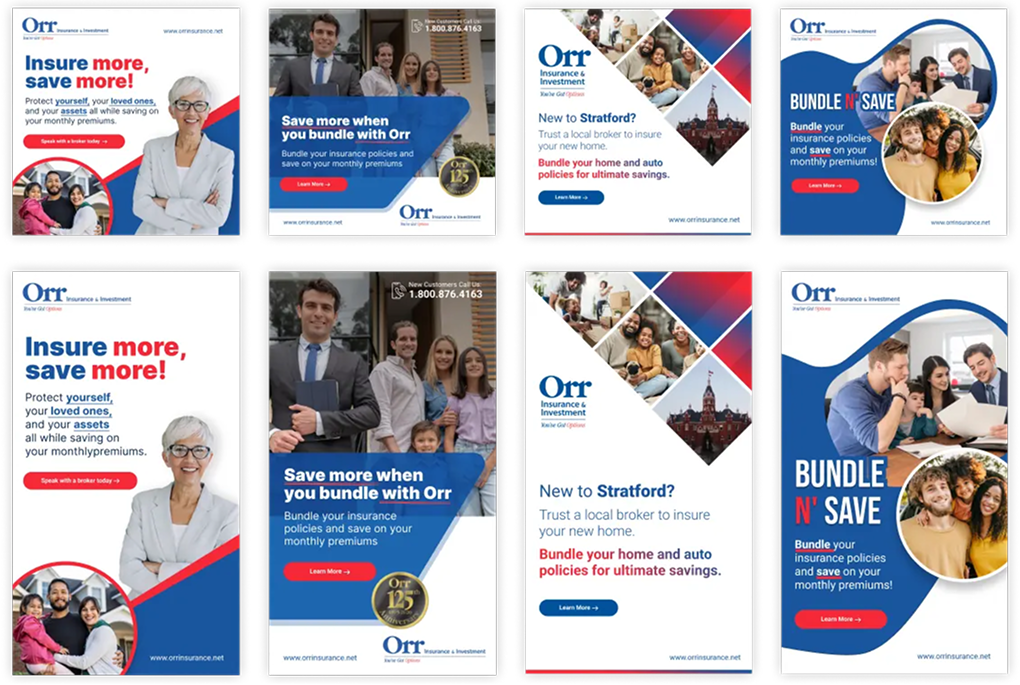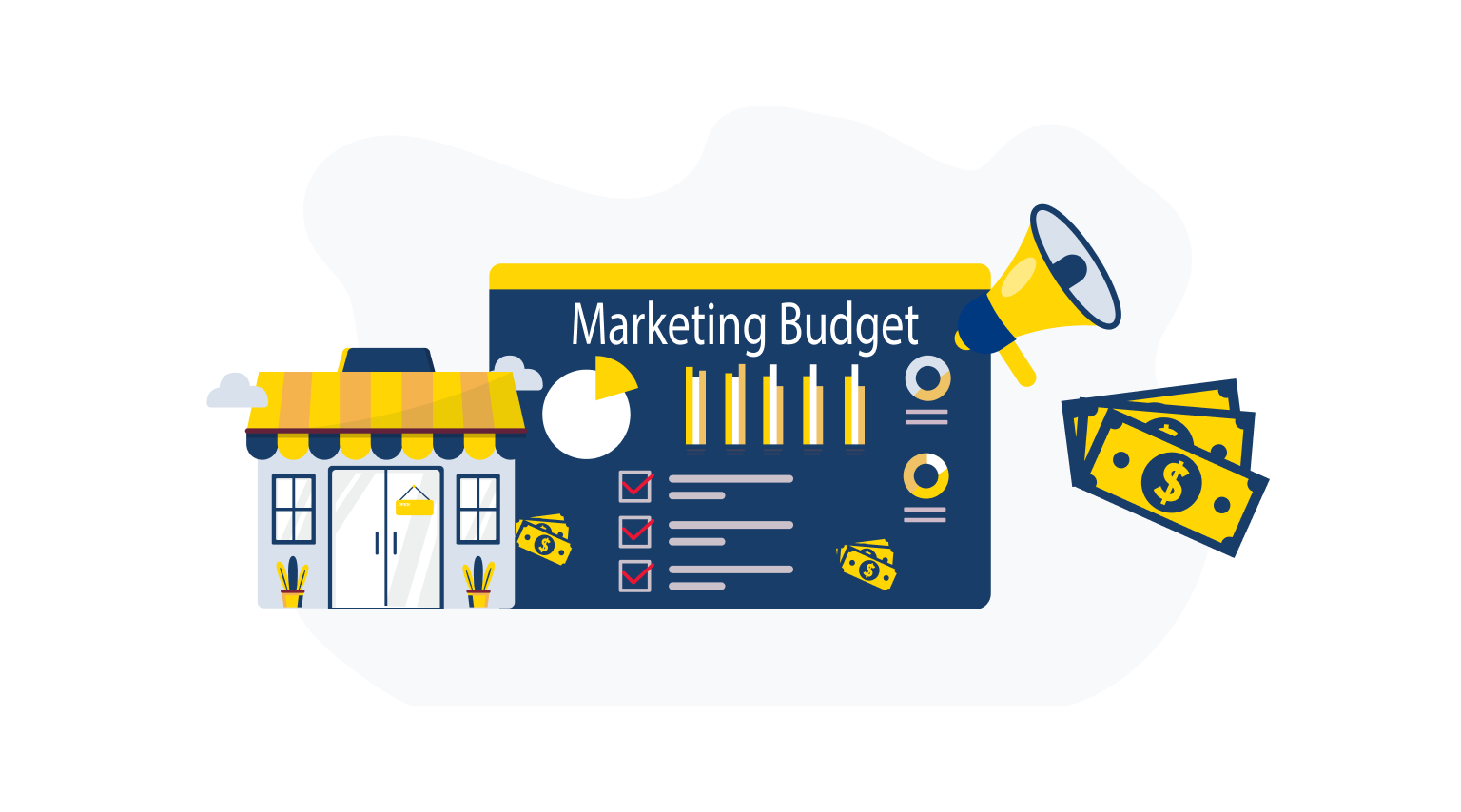
- Author: Ana Orjuela
- Digital Transformation
SEO Cost for Small Business: How Much Should They Spend in 2025? [Budget Guide]
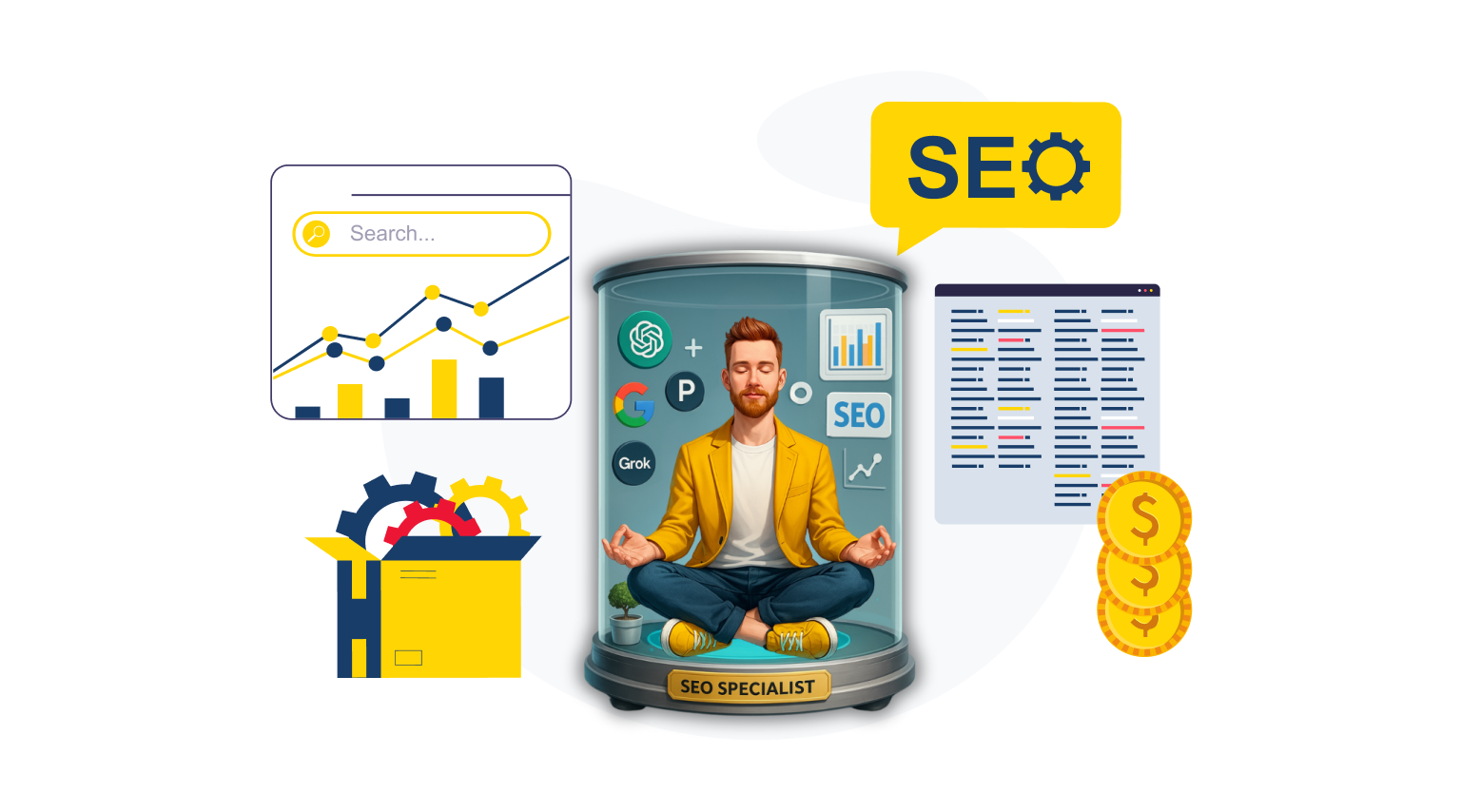
According to SmartInsights, for every $1 spent on SEO, businesses earn an average of $22 in return. Plus, organic SEO drives 40% of business revenue, making it the single largest source of leads and sales for many companies.
That 40%-of-revenue stat, combined with a 22:1 ROI, shows why “SEO spend for small business” isn’t an expense,it’s an investment.
What This Guide Covers
In the following pages, you’ll find everything you need to plan, justify, and optimize your SEO investment in 2025. Understanding what is included in SEO packages is crucial for budgeting effectively for SEO services and avoiding unexpected expenses. Additionally, investing in digital marketing services is essential for generating leads and enhancing online visibility.
Key Metrics & Benchmarks
- Lifetime Value (LTV), Cost Per Acquisition (CPA), ROI ratios, organic traffic growth, conversion volume
Industry-by-Industry Budgets
- Local, regional, and national average seo costs
- Vertical-specific ROI and breakeven periods
Starter ▶ Growth ▶ Scale Spend Tiers
- Three-tier model mapped to revenue bands
- Chart and table illustrating monthly investment bands
Practical Budget Allocation Framework
- Percentage split across on-page, technical seo, content, link-building, and tools
DIY vs. Agency Playbook
- Retainer, hourly, and per-project pricing models
- Pros, cons, and cost breakdowns for DIY, freelancers, and agencies
Performance SEO by Vertical
- ROI and payback benchmarks for key sectors (e.g., real estate, e-commerce, B2B SaaS)
Tracking & ROI Formulas
- Payback-period calculation
- Recommended KPIs and reporting cadence
FAQs & Quick Snippets
- Concise answers for common budget questions
- Ready-to-use pull-quote snippets for easy reference
Introduction to SEO Services
Search Engine Optimization (SEO) services are designed to enhance a website’s visibility and ranking on search engine results pages (SERPs). The primary goal of SEO is to increase both the quality and quantity of website traffic by achieving higher search rankings for specific keywords and phrases. SEO services encompass a variety of activities, including keyword research, technical optimization, link building, and content creation. Each of these components plays a crucial role in making a website more attractive to search engines like Google, Bing, and Yahoo.
Keyword research involves identifying the terms and phrases that potential customers use when searching for products or services similar to yours. Technical optimization focuses on improving the website’s infrastructure, such as enhancing page speed, ensuring mobile-friendliness, and fixing any technical issues that could hinder search engine crawling and indexing. Link building is the process of acquiring high-quality backlinks from other reputable websites, which helps to boost the site’s authority and ranking. Content creation involves producing valuable, relevant, and engaging content that meets the needs of your target audience and aligns with search engine algorithms.
The cost of SEO services can vary widely, depending on the project’s scope and complexity, as well as the experience and expertise of the SEO provider. Whether you’re a small business just starting with SEO or looking to scale your marketing efforts, understanding the different components and their associated costs is essential for making informed decisions.
What Is SEO & Why It Matters
SEO (Search Engine Optimization) is the art and science of getting your website to show up—and stand out—on Google’s first page. Consider this: Google handles over 3.5 billion searches per day, accounting for 92% of the global search market; if you’re buried on page 2, you’re basically invisible to the vast majority of potential customers.
For small businesses, good SEO isn’t just “nice to have”—it’s mission-critical:
- Visibility & Leads: Ranking in the top spots drives nearly 40% of clicks; slip past result 10 and your click-through rate plummets below 1.6%.
- Trust & Authority: Consumers trust first-page results. Consistent top-rankings build your brand’s credibility faster (and cheaper) than ads.
- Targeted Traffic: With the right keywords, you’re not just attracting any visitor—you’re attracting buyers who are already searching for what you sell.
- Cost-Efficiency: Unlike paid ads, SEO delivers compounding returns: once you rank, that page continues to earn traffic (and revenue) month after month.
- Measurable & Scalable: From click volumes to conversion rates, every SEO investment can be tracked, tweaked, and optimized over time for maximum ROI. SEO campaigns tailored to specific target audiences can significantly affect costs and results, especially when focusing on local versus broader markets.
In short, understanding SEO cost as a long-term investment is your ticket to sustainable growth. Let’s dig into how much that should be.
Understanding Search Engines
Search engines like Google, Bing, and Yahoo use complex algorithms to rank websites based on their relevance and authority. These algorithms consider a multitude of factors, including the quality and structure of a website’s content, the number and quality of backlinks, and the overall user experience. SEO services aim to optimize a website’s design and content to make it more search engine-friendly, thereby increasing its visibility and ranking in search results.
Understanding how search engines work is crucial for developing an effective SEO strategy. For instance, search engines prioritize websites that offer a seamless user experience, which includes fast loading times, mobile responsiveness, and easy navigation. They also favor content that is informative, well-structured, and regularly updated. By aligning your website with these criteria, you can improve its chances of ranking higher in search engine results pages (SERPs).
An effective SEO strategy involves a combination of on-page and off-page optimization techniques. On-page SEO focuses on optimizing individual web pages to rank higher and earn more relevant traffic. This includes optimizing title tags, meta descriptions, headers, and content. Off-page SEO, on the other hand, involves activities that occur outside the boundaries of your website, such as link building and social media marketing. By understanding and leveraging the way search engines operate, you can create a robust SEO strategy that drives organic traffic and boosts your online presence.
Factors That Drive SEO Costs
Search engine optimization costs for small businesses aren’t a one-size-fits-all figure; they’re shaped by a constellation of factors that influence both the effort required and the expertise you’re buying. At the most basic level, the size and complexity of your website, the breadth of the services you need, and the nature of the provider you engage all play pivotal roles in determining your final bill. In a recent analysis of SEO pricing, it was noted that businesses could pay as little as $100 per month or upwards of $30,000, largely depending on these same variables.
Perhaps the most immediately visible driver of cost is industry competitiveness. If you operate in a niche with fierce online rivalry—think real estate, legal services, or e-commerce—achieving meaningful visibility requires more intensive research, link-building, and technical work. Backlinko’s 2025 data shows that average monthly retainers for such competitive sectors often cluster between $1,000 and $2,500, with hourly rates ranging from $50 to $100—rates that can climb further when agencies charge a premium over freelancers or overseas specialists. Similarly, the number of pages on your site and the health of its underlying codebase (CMS, page speed, mobile responsiveness, and existing technical debt) can significantly affect workload and therefore price. Prior SEO investments can also influence ongoing SEO costs, as websites with a history of optimization may require different strategies compared to those with minimal prior work.
Equally important is the scope of the SEO service. Some small businesses need only on-page optimization—titles, headers, and metadata tweaks—while others require a full content strategy, local listing management, or even international SEO. Each additional component not only adds hours of labor but often demands distinct skill sets, from copywriting to advanced schema markup. Geographic targeting further colors this picture: local campaigns (city or region-focused) tend to be more affordable than national or global initiatives, which entail broader keyword research and link acquisition strategies.
Finally, the calibre of the SEO agency you choose will influence costs. A seasoned boutique agency with a track record of elevating small-business clients may charge 30 percent more on average than a solo freelancer, but they often deliver more robust reporting, strategic insight, and accountability. Conversely, less expensive options—such as entry-level consultants or overseas teams—can offer low rates but may lack the nuanced expertise needed for sustained growth. In every case, understanding how these factors interplay will help you set a realistic budget and choose a partner whose services align with both your goals and your resources.
Typical Small-Business SEO Budgets
For most small businesses, SEO spend falls somewhere between a modest monthly investment and a more substantial retainer, depending on growth ambitions and competitive pressures. At the low end, very small, locally focused businesses often allocate as little as $500 per month toward basic local seo services—tasks like Google Business Profile optimization, local directory management, and a handful of targeted blog posts. This budget can deliver meaningful incremental gains in neighborhood‐level search visibility, particularly for service‐area businesses and retail shops.
As businesses look to broaden their reach—targeting regional or statewide audiences—the typical small-business retainer rises to the $1,000–$2,500 per month range. According to a recent survey of 439 SEO professionals, 63 percent of companies fall into the $500–$5,000 bracket, with the average monthly fee sitting at $3,209 for agency‐led programs and $1,348 for freelancers. Backlinko’s 2025 data further refines this, showing the sweet spot for small-business SEO retainers to be $1,000–$2,500, reflecting the balance between depth of service and budget constraints. SEO pricing packages are influenced by various elements beyond standard rates, including the complexity of the project, the competitive landscape, and the specific goals of the business.
For enterprises such as growing e-commerce sites or niche B2B firms, monthly investments can climb to $3,000–$5,000—or higher if extensive content marketing, technical overhauls, and aggressive link‐building are required. One-off projects, like comprehensive site audits or full website migrations, typically command flat fees ranging anywhere from $1,000 to $10,000 depending on scope and agency reputation. Ultimately, the right budget is one that aligns with your competitive landscape and desired growth trajectory—whether you’re aiming to dominate local pack results or break into new markets online.
SEO Pricing Models & SEO Provider Options
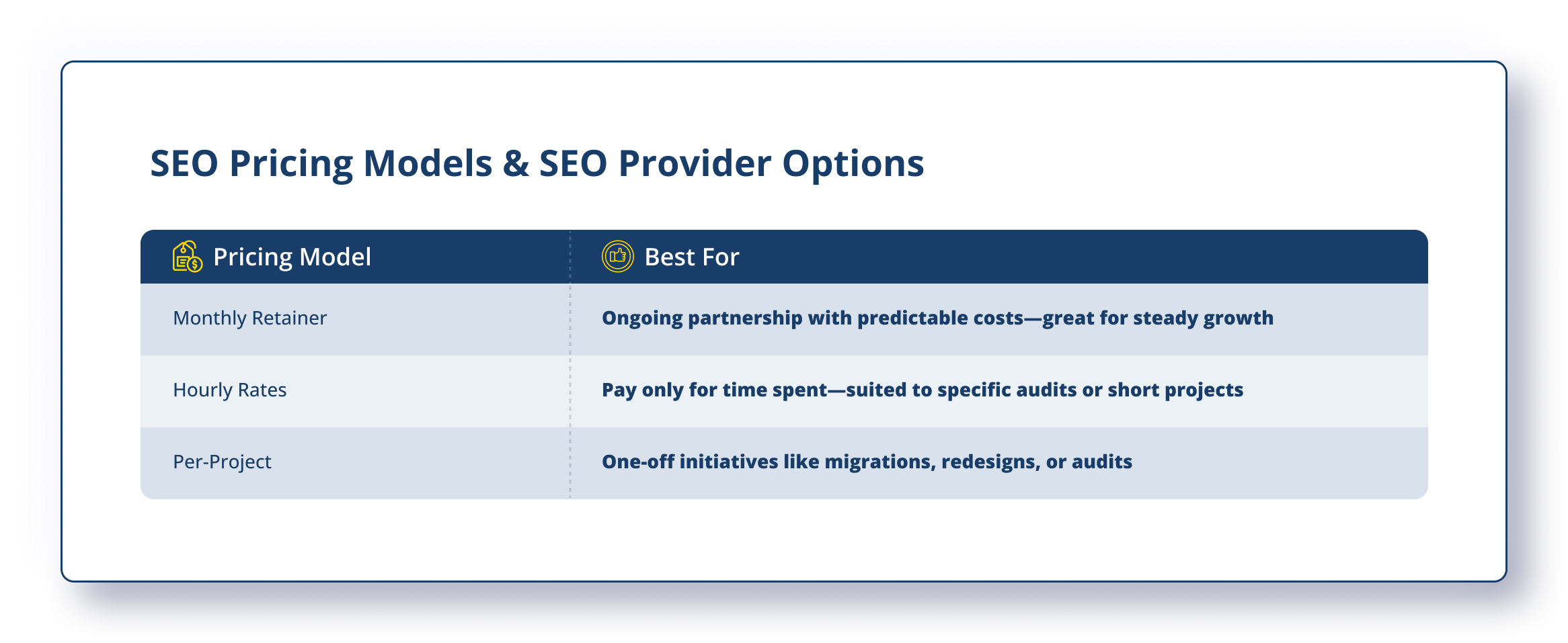
Source: WebFX “What’s a Good Budget for SEO?”
While understanding typical budget ranges helps you plan your SEO investment, choosing who actually executes the work is equally crucial. Many small‐business owners initially consider a do-it-yourself approach to control costs and retain full oversight. DIY SEO can indeed keep out-of-pocket expenses under $500 per month, but it demands a steep learning curve and significant time commitment—often 5–10 hours a week mastering keyword research tools, on-page optimization, and analytics interpretation. Without professional experience, it’s easy to miss critical technical issues or produce content that fails to move the needle.
Hiring a freelancer offers a middle ground: you pay more than DIY (freelancer retainers average about $1,348 per month) but less than an agency, and you benefit from specialized expertise. Freelancers can be highly effective for one-off tasks—like a site audit or content revamp—and often cultivate deep familiarity with small-business challenges. However, capacity is limited: if your needs expand rapidly, they may lack the bandwidth or the multidisciplinary team to scale.
Engaging an agency is the priciest option for successful SEO—average monthly fees hover around $3,209—but agencies bring comprehensive services under one roof, including strategic planning, content creation, link building, and detailed reporting. Their larger teams can seamlessly handle growth spurts and complex, multi-channel campaigns. For small businesses aiming to punch above their weight in competitive markets, the added investment in an agency often translates into faster, more sustainable results. The seo services cost can vary depending on the specific services rendered, such as one-off tasks or ongoing management, emphasizing the importance of transparency and value in relation to the outcomes achieved.
Before diving into dollar figures, pick the right operating model and partner to fit your bandwidth, budget, and growth goals:
DIY SEO vs. Hiring an SEO Agency
While it is possible to manage SEO efforts on your own, hiring an expert can be highly beneficial for businesses aiming to achieve significant improvements in their search engine rankings. DIY SEO can be a cost-effective approach, but it requires a substantial investment of time and effort. You need to master various aspects of SEO, from keyword research and on-page optimization to understanding search engine algorithms and tracking performance metrics.
On the other hand, hiring an SEO specialist provides access to specialized knowledge and tools that can accelerate your SEO work. Experienced SEO professionals stay up-to-date with the latest developments in search engine algorithms, search engine optimization services, and best practices, ensuring that your website remains competitive. They can conduct comprehensive technical SEO audits, develop tailored strategies, and implement advanced techniques that might be challenging to execute on your own.
However, it’s essential to choose a reputable and experienced SEO provider to ensure that the services provided are effective and cost-efficient. Look for providers with a proven track record, positive client testimonials, and transparent reporting practices. By weighing the pros and cons of DIY SEO versus hiring an expert, you can make an informed decision that aligns with your business goals and budget.
Evaluating ROI & Setting Your Budget [Business Goals]
Having weighed the pros and cons of DIY, freelancers, and agencies, the next step is to make sure every dollar you spend on SEO drives real business results. Let’s keep things simple and introduce the key acronyms you’ll hear:
Lifetime Value (LTV) is what each new customer is worth over the time they stay with you.
Cost Per Acquisition (CPA) is how much you spend to win one new customer.
Return on Investment (ROI) measures how much revenue you earn for every dollar spent.
Key Performance Indicators (KPIs) are the specific metrics—like organic traffic or lead volume—you track to judge success.
First, calculate your LTV: if a customer spends $800 on average, that’s your budget ceiling. Then pick a CPA target—say $200—so you know you need at least one new customer per $200 invested.
Next, choose two straightforward KPIs:
- Organic Traffic Growth (monthly new visits)
- Conversion Volume (how many of those visits become inquiries or sales)
Let’s say in May you spend $1,000 and attract 200 extra visitors, of whom five convert into customers. Your revenue from those five is 5 × $800 = $4,000, so your ROI is 4:1 (you earned four dollars back for every one you spent).
Finally, review these KPIs each quarter. If your CPA stays at or below $200 and your ROI remains strong, you can confidently scale up. If not, tweak your keyword focus, refine on-page copy, or explore a different provider. By grounding your budget decisions in LTV, CPA, ROI, and clear KPIs, you’ll keep your SEO program both simple and effective.
Get the Most Out of Your SEO Spend
Now that you’ve tied your SEO budget to clear metrics, you’ll want to make every dollar stretch as far as possible. Start by ensuring your website’s technical foundation is solid: a fast, mobile-friendly site with clean code and no broken links acts like fertile soil, helping every piece of content you publish grow its reach. Next, look for quick wins by targeting narrow, less-competitive keywords that your customers actually type into search engines—these long-tail phrases may bring smaller traffic volumes at first, but they often deliver higher-quality visitors who are ready to buy.
Rather than reinventing the wheel, mine the content you already have. Update underperforming blog posts with fresh data, add a clear call-to-action to product pages, or turn customer FAQs into optimized landing pages. This approach not only saves money on new content creation but also leverages the domain authority you’ve already built. At the same time, insist on transparency from your SEO partner: ask for monthly reports that show how each tactic—whether link outreach, on-page tweaks, or local citations—impacts your chosen KPIs, so you can double down on what works and pause what doesn’t. The best SEO services are adapting quickly to changes in search engine strategies influenced by AI technology, ensuring that your investment remains effective and up-to-date.
Finally, don’t overlook the power of local engagement. Encourage satisfied customers to leave reviews on Google and industry-specific directories, and participate in community events or sponsorships that earn you local press and backlinks. These activities often cost little beyond your time but can dramatically boost visibility in neighborhood searches. By combining a technically sound site, strategic content updates, clear reporting, and grassroots link-building, you’ll maximize your SEO spend and set the stage for sustainable growth.
Once you’ve fine-tuned your approach to squeezing maximum value from every SEO dollar, the next question is: how do those tactics pay off in the real world? Let’s dive into ‘Performance SEO by Vertical’ to see which industries turn investment into the biggest wins
Content Marketing and Local SEO Campaigns
In today’s competitive digital landscape, understanding the factors affect Seo pricing is essential for any business looking to invest wisely in organic growth. From the volume and complexity of content creation to the depth of technical audits, backlink outreach, and ongoing optimization, each element contributes to the total cost of an SEO engagement. By recognizing how these variables interplay—such as the number of articles you need, the competitiveness of your target keywords, and the level of strategic promotion required—you can better evaluate proposals and choose a pricing model that aligns with your goals and budget.
Content marketing is a crucial aspect of SEO, as high-quality, relevant, and engaging content is essential for attracting and retaining website visitors. Content marketing involves creating and distributing valuable, relevant, and consistent content to attract and retain a clearly defined audience. This can include blog posts, articles, videos, infographics, and more.
SEO and content marketing are closely linked, as search engines favor websites with high-quality, engaging, and regularly updated content. A well-planned content marketing strategy can help improve search engine rankings, drive more traffic to a website, and increase conversions. By incorporating content marketing into an SEO strategy, businesses can improve their online visibility, build their brand, and drive more sales.
For instance, targeting long-tail keywords through blog posts can attract highly targeted traffic that is more likely to convert. Regularly updating your content ensures that it remains relevant and valuable to your audience, which can improve your search engine rankings over time. Additionally, creating shareable content can earn you backlinks from other reputable websites, further boosting your site’s authority and ranking.
By integrating content marketing with your SEO efforts, you can create a synergistic effect that amplifies your online presence and drives sustainable growth. Whether you’re producing new content or optimizing existing assets, a strategic approach to content marketing can significantly enhance your SEO performance.
Performance SEO by Vertical
Different industries naturally see varying SEO returns because factors like content complexity, average deal size, and sales cycle length all play a role. For example, high-ticket B2B niches often require in-depth, technical content and longer nurturing cycles—yet yield larger per-lead revenue—whereas e-commerce or HVAC services may convert more quickly on simpler content but at lower transaction values.
Based on FirstPageSage benchmarks, here’s how ROI and breakeven vary by sector: SEO prices also vary across different industries and pricing models. Agencies often determine these prices based on hourly rates and the specific services offered, taking into account client needs and budget flexibility.
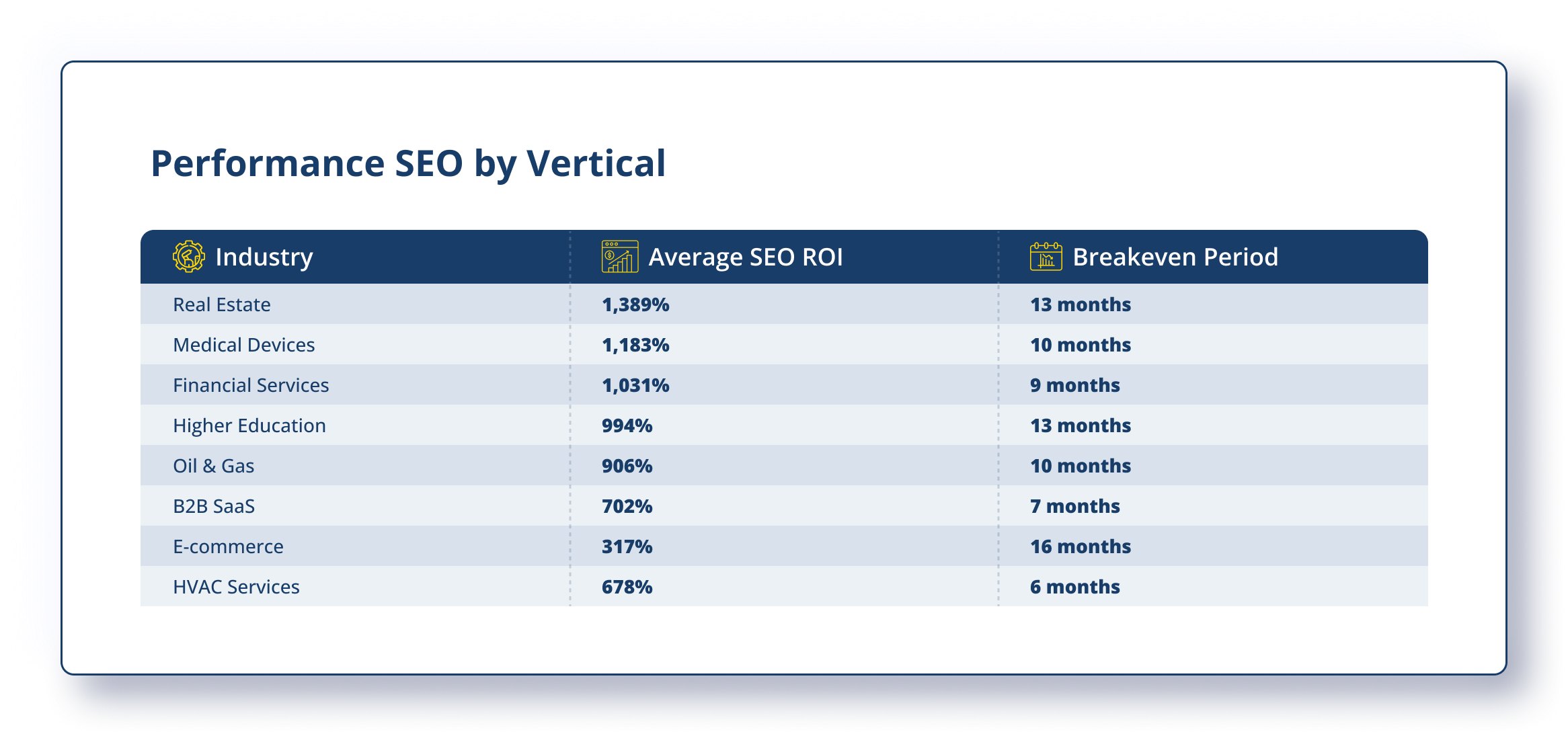
Revenue-Based SEO Budget Brackets
By linking SEO investment directly to your top-line, you can instantly see what a 0.5%, 1%, or 2% allocation really means in dollars—and align spend with your business goals. These bands are derived from the average 7.7% of revenue that companies devote to marketing and the 20–40% share of marketing budgets that typically flows into SEO. Many SEO agencies are integrating AI and machine learning into their services, transforming their strategies towards prioritizing high-quality content and user engagement. They also adopt various pricing models, which can affect the outcomes of their SEO efforts, emphasizing the need for transparency and expertise in delivering effective online strategies.
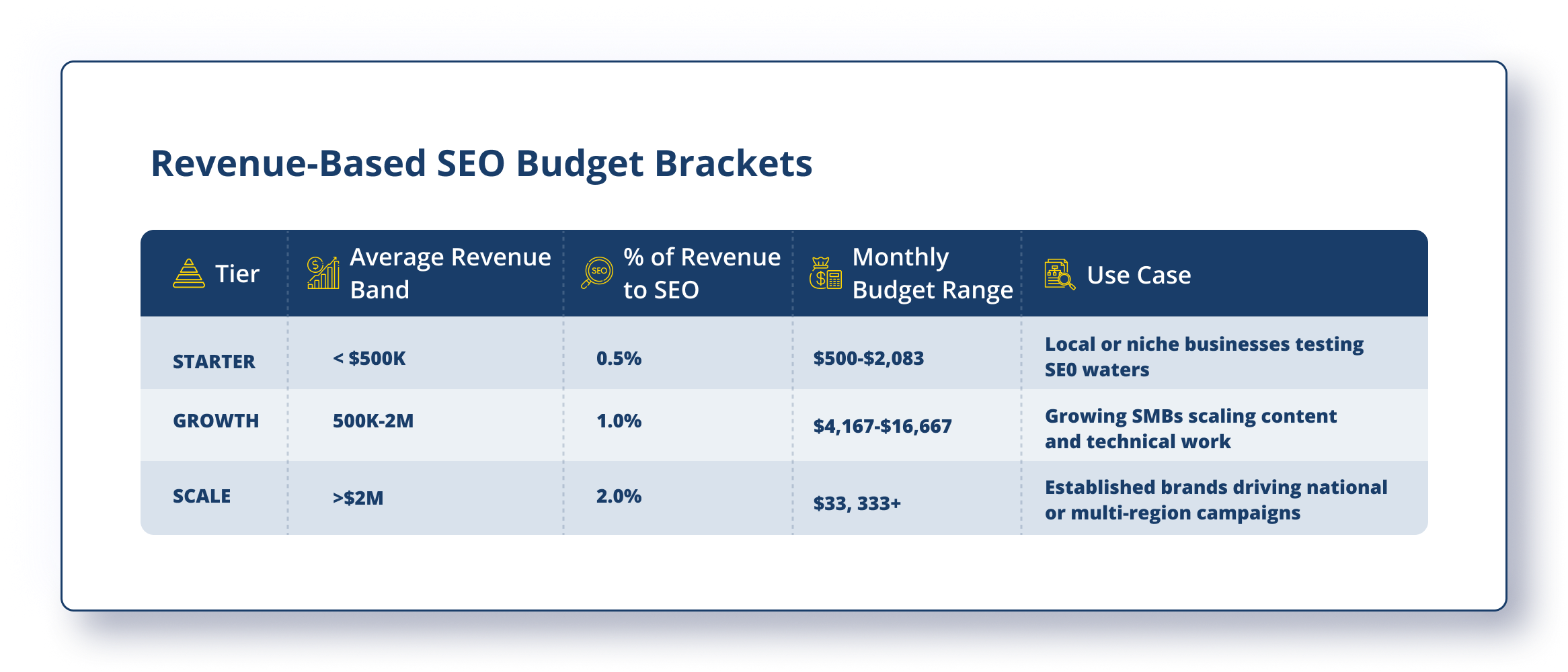
Top 3 Quick Wins
1. Supercharge Underperforming Pages
Budget slice: 40% Content + 20% On-Page
What to do:
- Identify your bottom-performing pages (via Google Analytics) that still get impressions but low clicks.
- Refresh headlines, add a clear call-to-action, and fold in one new keyword cluster.
- Why it works: You leverage existing domain authority at a fraction of the cost of new content.
2. Plug Technical Leaks on High-Value Paths
Budget slice: 15% Technical
What to do:
- Run a quick site audit (Screaming Frog or free Lighthouse) on your top 10 landing pages.
- Prioritize and fix one “low-hanging” issue: image compression, missing ALT tags, or broken internal links.
- Why it works: Small performance lifts on pages that already convert can boost traffic and engagement almost immediately.
3. Harvest Local and Niche Link Opportunities
Budget slice: 20% Link Building
What to do:
- Compile a list of 10 local directories, community sites, or niche blogs that accept small-business profiles or guest posts.
- Draft a templated outreach email offering a short, useful resource (e.g., “5 Tips for Choosing an HVAC Contractor”).
- Why it works: Fast, low-cost links from relevant sites build authority and directly support your local pack and niche keyword goals.
Maintain & Measure
Maintain
Ensuring your SEO efforts stay on track means more than one-off projects—it’s about building consistency and agility into your process.
- Retainer Engagements: Commit to a monthly retainer rather than one-off tasks. This guarantees a steady cadence of on-page tweaks, content updates, technical audits, and link outreach, all of which compound into stronger rankings over time.
- Buffer Hours for Algorithm Updates: Allocate 10–15% of your monthly hours (or budget) as a buffer. When Google rolls out a core update or introduces new features like AI-powered snippets, you’ll have the flexibility to pivot quickly without delaying other work.
- Quarterly Strategy Sessions: Every three months, sit down (virtually or in-person) with your SEO provider or internal team to review progress, revisit goals, and realign priorities. Use these meetings to decide which tactics to double down on—and which to pause or replace.
Measure
Tracking the right metrics and reporting on them consistently turns SEO from a black box into a data-driven growth engine.
- Core KPIs:
- Organic Traffic Growth: Monthly net new visits from search engines.
- Conversion Volume: Number of those visitors who turn into leads or sales.
- Average Keyword Position: How your target terms are moving in the SERPs.
- New Referring Domains: Velocity of fresh, quality backlinks pointing to your site.
- Payback Period Formula:
Payback Period (months) = Total SEO Investment ÷ Monthly Incremental Profit from SEO
Where Monthly Incremental Profit = (Organic Conversions × AOV × Margin). This tells you how many months it takes to recoup your spend based on actual performance. Look at this example:
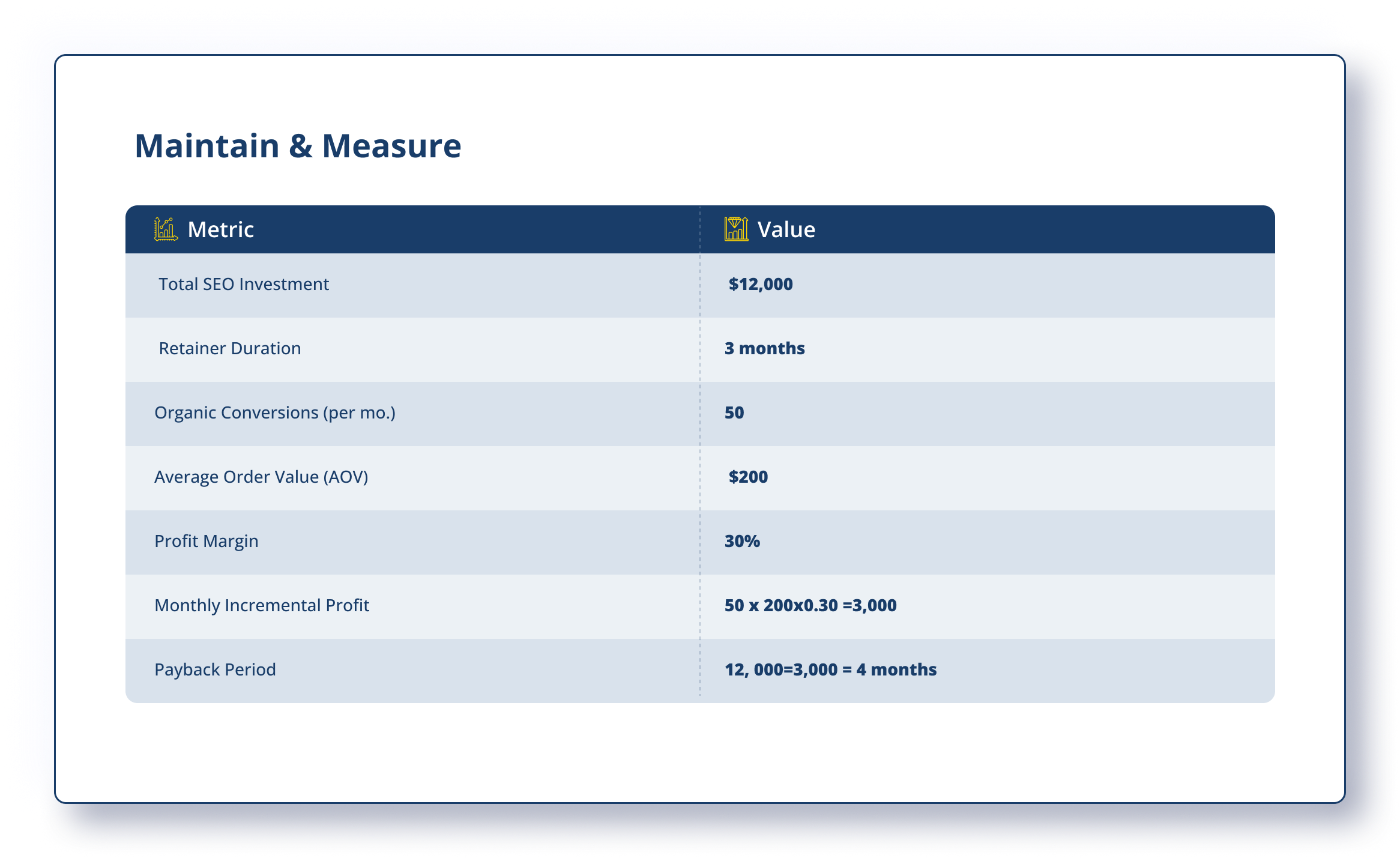
- Reporting Cadence:
- Monthly Dashboard: High-level snapshot of traffic, rankings, and conversions—perfect for spotting short-term trends.
- Quarterly Deep Dive: A narrative report that ties KPI shifts to specific tactics (e.g., “Our new pillar page drove a 30% lift in long-tail traffic”) and sets the roadmap for the next quarter.
By embedding these Maintain and Measure practices into your workflow, you’ll keep your SEO program nimble, transparent, and firmly aligned with business outcomes.
SEO Strategy, Wrap-Up
Key Takeaways
- SEO Is an Investment, Not a Cost: With an average ROI of 22:1 and driving up to 40% of revenue, your SEO spend should be viewed as a growth engine, not just another expense.
- Align Budget to Business Goals: Choose your spend tier—Starter, Growth, or Scale—based on revenue bands and competitive intensity, then allocate across content, technical, on-page, and link-building according to the 40/15/20/20/5 framework.
- Maintain Consistency & Measure Rigorously: Commit to monthly retainers with built-in buffer hours, conduct quarterly strategy reviews, and track KPIs like organic traffic growth, conversion volume, and payback period to continually refine your approach.
FAQs
How much should I budget for SEO each month?
Most small businesses spend between $500 and $7,500 per month, depending on scope and competitive landscape. Aim for at least 0.5–2% of annual revenue dedicated to SEO.
When will I see a return on my SEO investment?
Expect initial traction in 3–6 months, with full breakeven usually between 6 and 12 months—though faster verticals (like HVAC or B2B SaaS) can see payback in as little as 6–7 months.
Should I hire an agency or go DIY?
DIY is cost-effective but time-intensive; freelancers offer a balance of expertise and affordability; agencies deliver the most comprehensive service but at a premium. Match your choice to your budget, internal bandwidth, and growth ambitions.
Next Steps
Do It Yourself:
- Run a Site Health Check
- Use Google Lighthouse or a free SEO audit tool to identify your top three technical issues.
- Fix image compression, broken links, and mobile-responsiveness first for the biggest immediate impact.
- Refresh Your Best Pages
- In Google Analytics, spot pages with high impressions but low click-through rates.
- Update titles, add clear calls-to-action, and weave in one new long-tail keyword to boost performance.
- Build Local & Niche Links
- List 10 nearby directories, community sites, or industry blogs.
- Outreach with a valuable resource (e.g., a brief how-to guide) to earn quick, relevant backlinks.
- Set Up Simple Tracking
- Create a spreadsheet to log monthly organic visits, conversions, and average keyword position.
- Calculate your payback period each quarter using:
Payback (months) = Total SEO Spend ÷ (Organic Conversions × AOV × Margin)
Prefer Expert Support?
If you’d rather have seasoned strategists handle the heavy lifting, Consultus Digital Services can:
- Conduct a comprehensive SEO audit and roadmap
- Develop and execute a content-driven growth plan
- Manage ongoing technical optimizations, link-building, and reporting
👉 Contact Consultus Digital to book a free discovery call and see how we can tailor an SEO program that fits your budget and goals.
This Month's Strategy Can Define Your Year - Don't Miss Out!

4.9 stars from 43 entrepreneurs

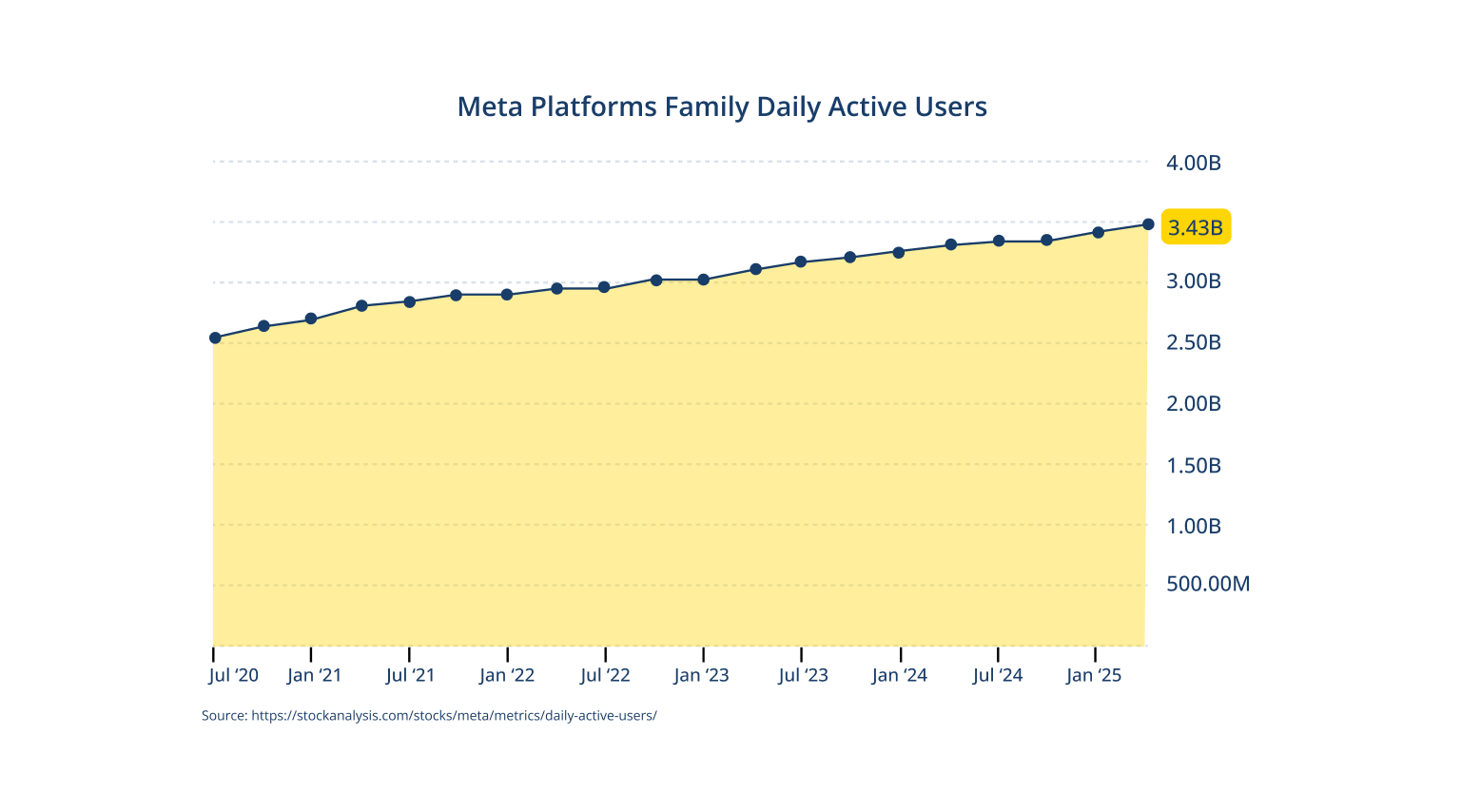
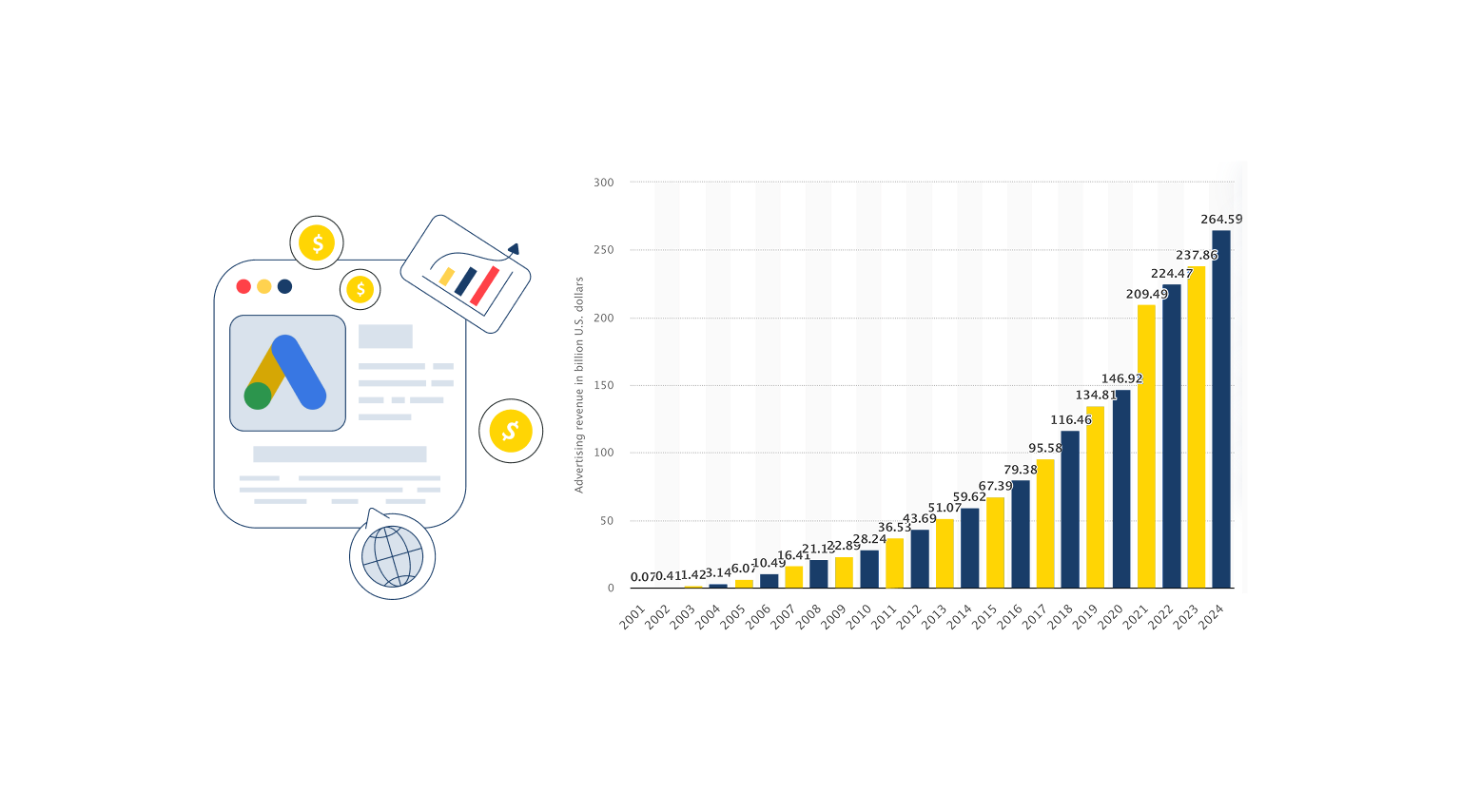
 416-460-1810
416-460-1810
